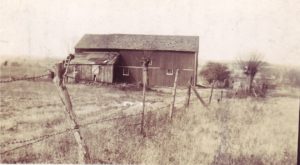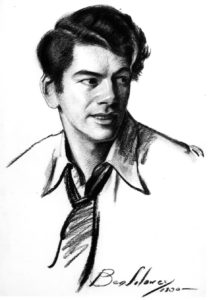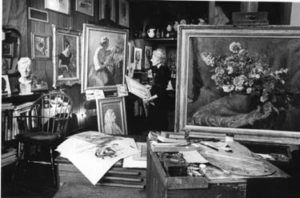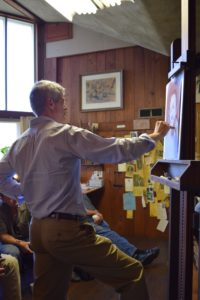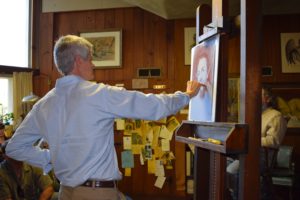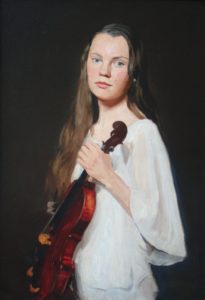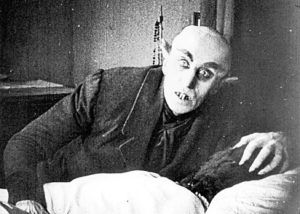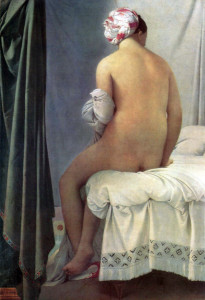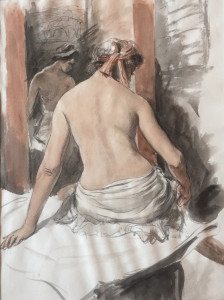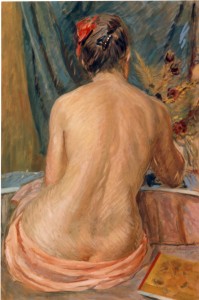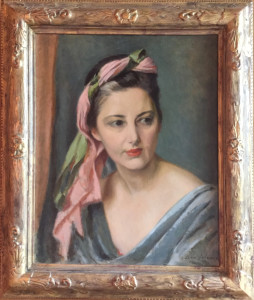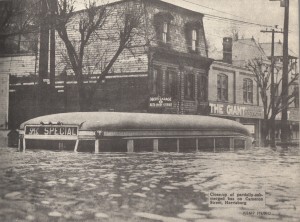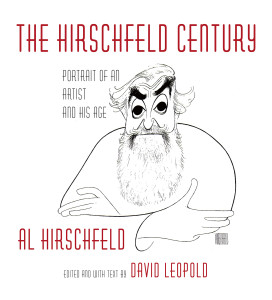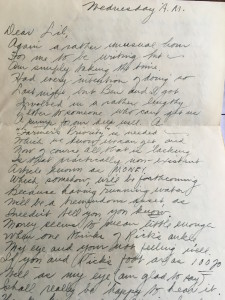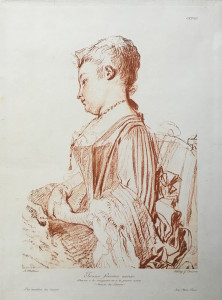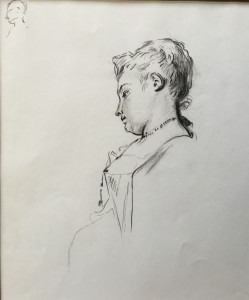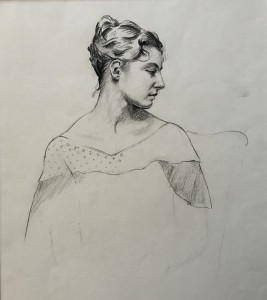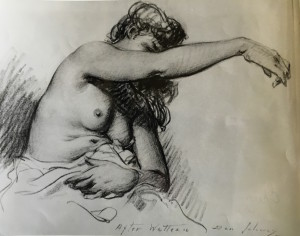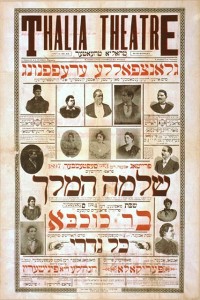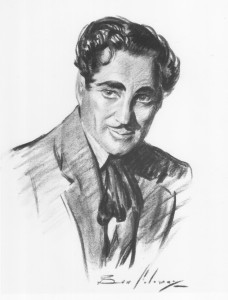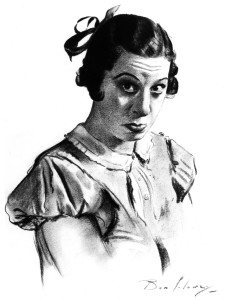2017 marks two special anniversaries for The Studio of Ben Solowey. 75 years ago, Ben and Rae Solowey moved permanently to Bucks County. 25 years ago, we began to present regular interpretive exhibitions at the Solowey studio of Ben’s work, his contemporaries, and occasionally a contemporary artist. Our plan is to celebrate both anniversaries this year with exhibitions in the summer and fall, along with special events and programming starting this spring.
Ben and Rae had bought the 34-acre farm on which the studio sits in 1936. Armed with real estate sections from the New York Times and Herald Tribune, they left their Fifth Avenue home and studio and came out to Pipersville, Pennsylvania in upper Bucks County where a local farmer, Reed Nash, who moonlighted as a real estate agent, took them to thirteen different properties before they stopped on the main road outside of the village of Bedminster, at the end of a quarter mile driveway to a small farm. It was April, and it had rained, and the horse and buggy tracks that served as the driveway were not sufficient to drive a car on, so the Soloweys got up and walked up the path. According to Rae, by the time Ben got to the barn, he had decided that this property would be the last they would visit that day. He had found a new home.
What Ben saw in it that day is hard to say. It was pretty run down, with Rae comparing it to the poor tenant farms of the novel Tobacco Road. It had no running water or electricity and it was miles from anywhere. It may have been precisely those reasons that attracted Ben, 41, for he had a vision of what it could become and looked forward to the effort to make it a reality.
For the next six years the Soloweys went back and forth to New York, increasingly spending more time at the farm. That may have continued their trips, but with gas rationing at the start of World War II, they had to decide whether they were going to be city or country. It seems that everyone, including Rae thought they would remain in New York, where Ben had established himself a renowned painter and was acclaimed for his “Theater Portraits” that appeared regularly in the Sunday editions of the New York Times and the Herald Tribune. They had a beautiful home and studio on Fifth Avenue and 12th Street, and many friends and neighbors such as Arshile Gorky, Diego Rivera, Freda Kahlo, Ford Maddox Ford, along with a steady stream of theater people who regularly came to Ben’s studio to be drawn. Nevertheless, Ben decided to go to Bucks County, and the Soloweys moved in November 1942. Ben would remain on the farm until his death in 1978, and Rae would live here until her passing in 1990.
It was Rae’s wish that Ben’s studio be open for future generations to enjoy. She was not clear on exactly how that was to happen, as she did not want to dictate the course when she not be here to help. Although there was support from family, friends and collectors, almost all were sure that no one would come to a remote location to see the studio and the work in it, and if they came, they would not make the trip again. In 1992, we presented our first exhibition, “A Place for All Seasons.” Ben’s name and art, and the fact that this was the only intact artist studio from the Golden Age of Bucks County, attracted visitors. Exhibitions and positive reviews followed, and soon we decided to limit the number of people on our mailing list for the simple reason that we did not want to alter either the property or the community with larger crowds.
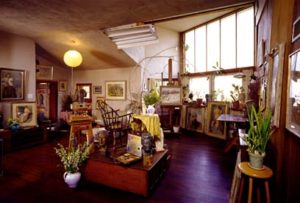 Early on, the Studio was described as “Bucks County Best Kept Secret” and that is still true today. Although the studio has been fortunate to receive press both in the region and in major publications around the country, it does no advertising. We have no real gift shop or tea room, and for years people had only a mowed field to park their cars, yet they still came, often bringing friends with them. Articles on the Studio also brought out new visitors, and the cycle continues today.
Early on, the Studio was described as “Bucks County Best Kept Secret” and that is still true today. Although the studio has been fortunate to receive press both in the region and in major publications around the country, it does no advertising. We have no real gift shop or tea room, and for years people had only a mowed field to park their cars, yet they still came, often bringing friends with them. Articles on the Studio also brought out new visitors, and the cycle continues today.
Over these last 25 years we have presented more than 40 exhibitions on different aspects of Ben’s career. Some of these shows have traveled to museums and galleries, and we regularly loan Solowey works to other exhibitions, both local and national. We feel that we not only have fulfilled Rae’s wish for the Studio, but also fill a need in the region as both a historic and arts venue.
It is remarkable that the studio and the farm have changed so little in the intervening years, as has the surrounding environment. The property is still farmed by the same fellow who farmed it in Ben’s time, although he is a grandfather now. The studio has remained intact not because we left everything in the same place, but as anyone who has visited knows, it is because we regularly move pieces around, much like Ben did when he was working. While one does not have to go far to see “progress,” when one stands at the Studio they are seeing virtually the same landscape Ben saw that April afternoon in 1936, save for the trees, many of which Ben planted.
Next month, we will announce our two new exhibitions this year and reveal some of our special programming to go with them. We will send monthly updates through our email newsletter. If you want to receive an invitation in the US mail, write to info@solowey.com with your address.
This is going to be a special year for the Studio of Ben Solowey and we hope to see you out here. As Rae was so fond of saying—
We’ll see you when we do….











